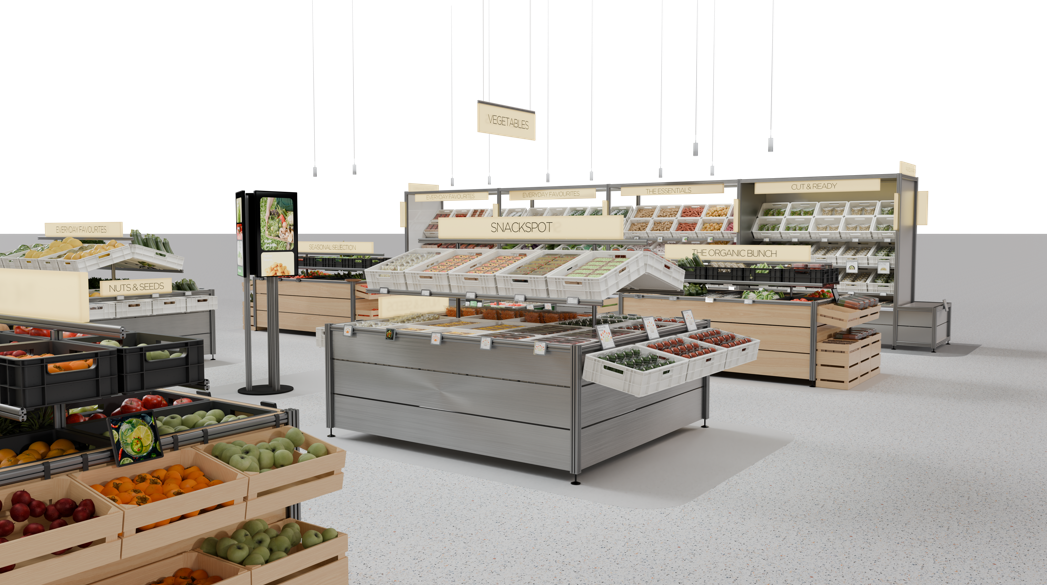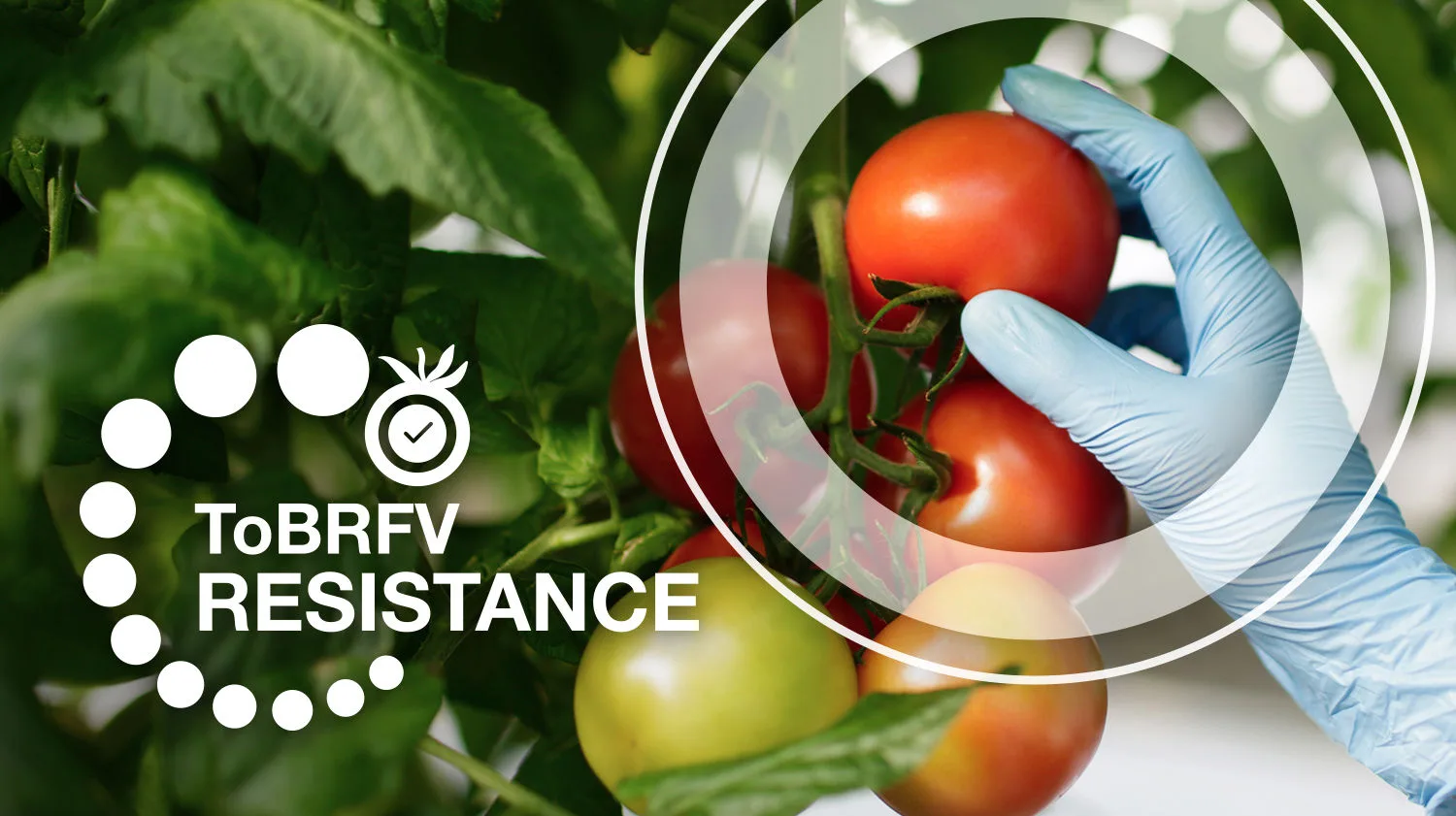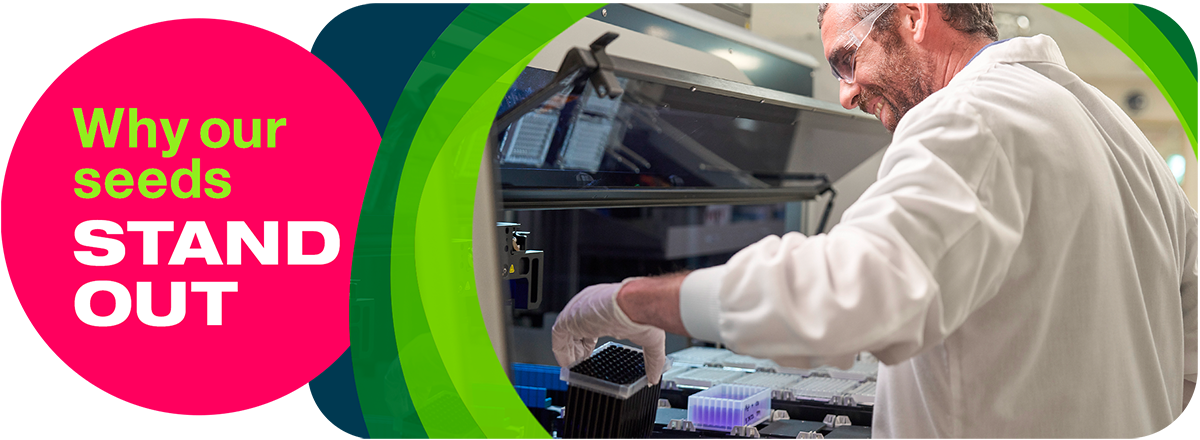Please be aware that as long as the quarantine status is active in the EU, any company analyzing samples resulting in a positive result must alert governmental institutions
Sharing best management practices to counter ToBRFV in glasshouse tomato

Finding, Isolating and Crop Handling of ToBRFV
Early detection is key in preventing spread of the virus. By taking the right measures you can significantly lower ToBRFV pressure and spreading which helps to potentially exterminate it. All employees should be aware of ToBRFV symptoms and should notify the manager immediately when a suspicious plant has been found.
What to do
once a suspicious plant has been found or when a positive test result is obtained:
Symptoms are observed
Close path for crop work directly:
- one path before the working direction
- two paths after the spot
Find out how far the spreading is in the glasshouse: take leaf samples.
ToBRFV self-test can be used: less sensitive but results available in minutes.
qPCR tests can be used: more sensitive but results available a few days (laboratory).
Symptoms are not observed
When no symptoms are observed yet, the infected spot need to be found as soon as possible.
Find the exact location of the infection.
Use ToBRFV self-tests or qPCR tests.
When spot(s) are located and paths are closed:

Remove drippers from the closed paths
When plants are wilted, they should be taken down, put in plastic bags and sealed.
Dedicated people wear additional hygiene gear: shoe covers, gloves, hair net, overall.

Conytinue removing complete rows before and after the spot till 5% of the plants in that department are removed.
When new spots occur and when more than 5% of the plants are allready removed, only remove 30 plants before and after the new spot.
Trolleys should be sprayed with disinfection fluid before moving to another path.

Harvest trolleys, crates are disinfected after delivering the fruits to the storage/ packaging facility.
Pruning knives should be dipped in f.e. 2% Virkon after every plant.
Employees working in contaminated areas should not work in clean areas of the glasshouse.

Crop workers also use gloves, dip their hands in f.e. 2% Virkon after every plant. Dispose after each path.







